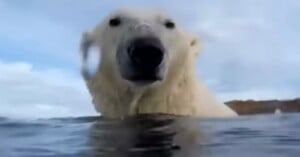
Scientists Attach Cameras to Polar Bears and Discover They’re Starving
Scientists attached cameras to polar bears and the shocking footage revealed that the animals are starving due to the rapidly shrinking sea ice.

Scientists attached cameras to polar bears and the shocking footage revealed that the animals are starving due to the rapidly shrinking sea ice.
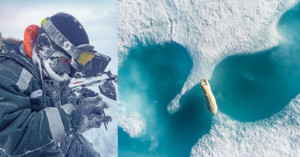
Photographer Florian Ledoux endured endless winter months and Arctic sea ice shooting nature documentaries and as a result, he believes he has spent more time with polar bears than any crew before him.
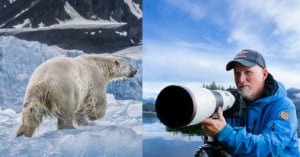
Paul Nicklen is a photographer who uses his imagery to connect global audiences to the beauty and fragility of our ecosystems and the animals that depend on them.
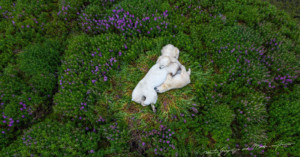
A photographer spent 33 days in the northern reaches of Canada observing and documenting the lives of polar bears in the summer.
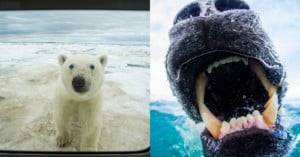
I’ve been saying it for years; all the easy pictures have been taken. But there are still some stupid and crazy ones left out there. I came up with the bright idea to travel north with at least one of them in mind. I went looking for the polar bear of my dreams.
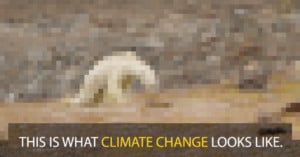
In December 2017, viral images of a starving polar bear in Canada captured the world's attention. Now National Geographic is saying it went "too far" in saying that the images show "what climate change is like."
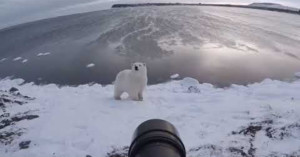
Photographer Maxim Deminov was taking pictures of polar bears in Cape Kozhevnikov, Russia, when one curious polar bear decided to approach him and his camera. Instead of fleeing, Deminov repeatedly stood up to the animal and shooed it away. The encounter was captured in the 3.5-minute video above.
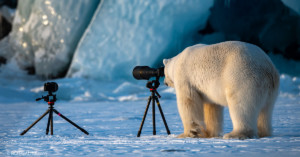
Photographer and Nikon Israel Ambassador Roie Galitz was recently testing the new Nikon 180-400mm f/4 lens in Svalbard, Norway, when he came across a polar bear who dreams of being a wildlife photographer.
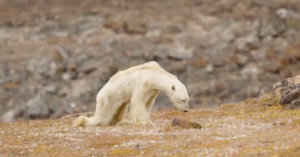
National Geographic photographer Paul Nicklen was visiting the Baffin Islands in Canada this summer when he came across a heartbreaking sight: a starving polar bear on an iceless land.
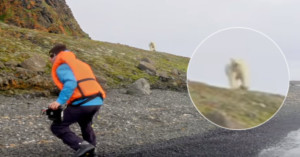
National Geographic photographer Cory Richards was recently shooting at Franz Josef Land in the Russian Arctic, just 560 miles from the North Pole, when he was charged by a polar bear that spotted him in the distance. You can see footage of the scary encounter in the 2-minute video above.
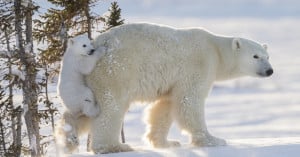
Every year from mid February to mid March a big event takes place at Wapusk National Park in Manitoba, Canada. The polar bears mothers, who entered the maternity dens in October to give birth to their cubs in November, are ready to exit for the first time with the four months old newborn.
Last year, I spent 13 days in the field and waited for 117 hours in sub-zero temperatures in front of a den in order to capture photos of the young families.
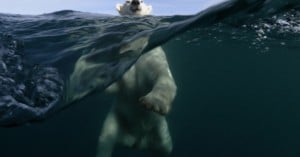
Frenchman Joe Bunni is not a photographer; first and foremost he's a dentist. Once you learn that, the fact that he captured the above photo and won the Natural History Museum's Wildlife Photographer of the Year award in 2011 is even more incredible. The photo shows a polar bear swimming not more than a few feet away from Bunni, and if you think the photo is amazing, wait until you hear the story behind it.
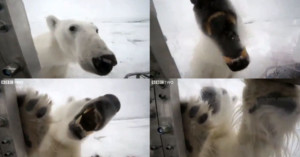
If you ever find yourself wondering what it's like to be hunted by a hungry polar bear, just ask filmmaker Gordon Buchanan. While shooting wildlife imagery in Svalbard, Norway for a BBC series titled The Polar Bear Family and Me, Buchanan was approached by a giant 1,000lb, 8-foot-tall polar bear. Luckily for Buchanan, he was in a tiny Plexiglas enclosure. Luckily for the BBC, Buchanan was able to capture the 45-minute ordeal on film.
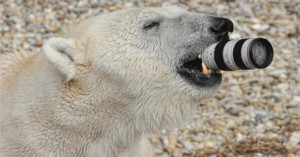
German photographers Marion and Dieter were visiting the Nuremberg Zoo earlier this month when they came across an odd sight: one of the polar bears named Felix was chomping on a $2,100+ Canon 70-200mm f/2.8 IS telephoto lens. Apparently another lady was trying to change lenses while standing at the edge of the enclosure, and accidentally let the 70-200mm slip out of her grasp and into Felix's territory.
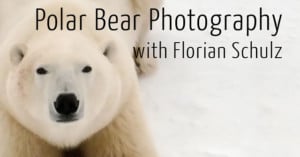
Often, getting the perfect shot requires months of planning, the right gear, and the know-how to properly capture that …